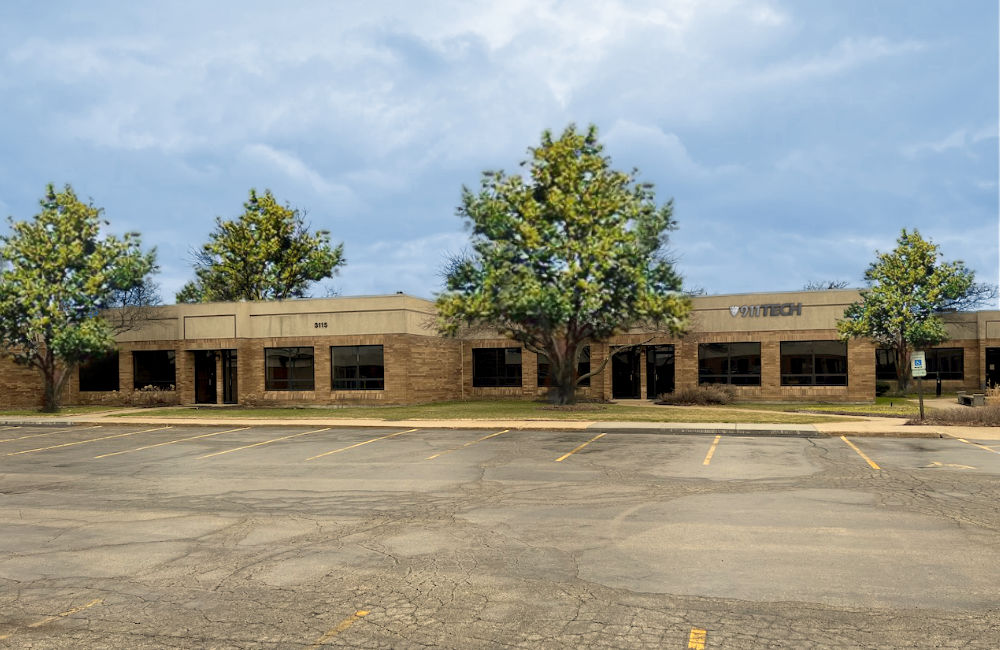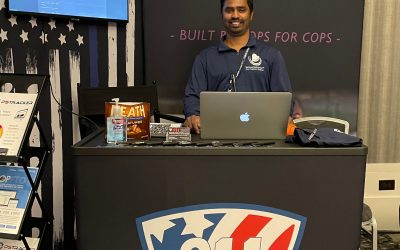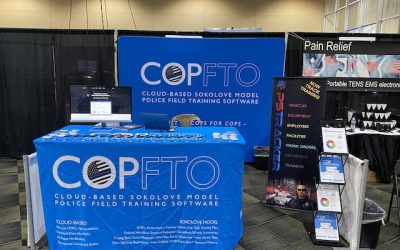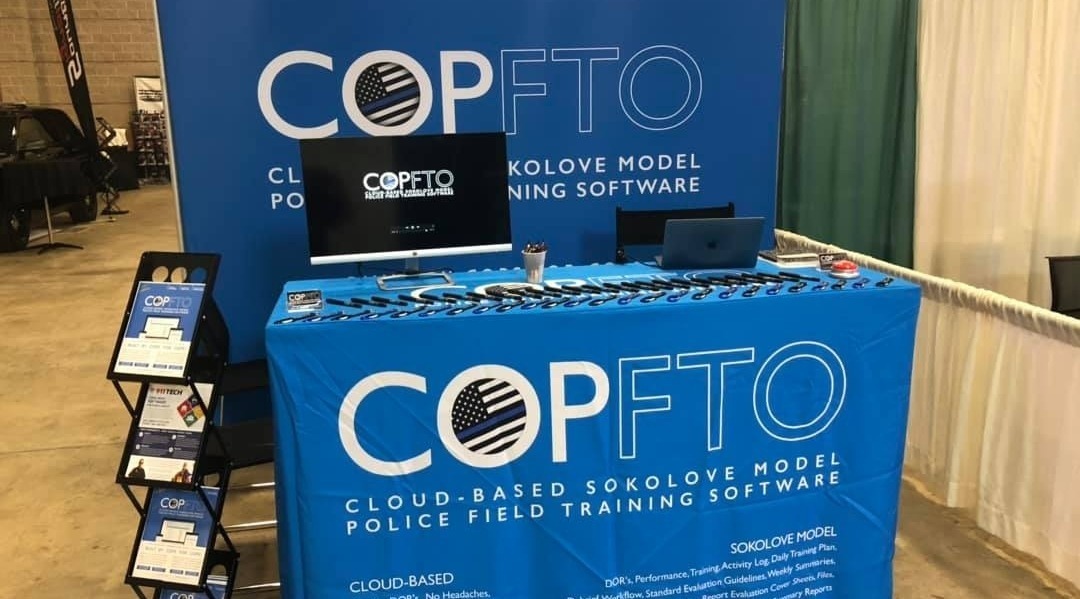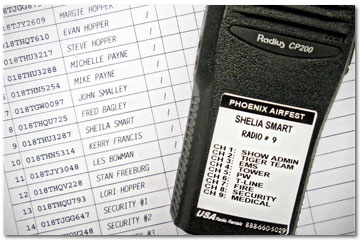
The Three Stages of a Radio’s Life
911 Tech software will help you manage the last 2 steps in a radios life as outlined in this article posted by Paul Calderwood on February 27, 2017
Like with all things in life, there is a beginning and an end; this is as much true for the life of a radio. It does not matter the size or the cost, all radios are individuals and must be treated as such. I know this sounds strange, but if you don’t think of them like this, then you will find yourself getting in trouble for having missing or unaccounted items. I am not going to sit here and tell you what methods you will need to achieve this goal but you can use a simple Excel spreadsheet or a fancy bar coding system, the important is to use something.
1- Acquisition process
Let’s start with the planning of the acquisition process. You need to design the specifications (you can read a couple of the other blogs on this topic here). Once you have figured out what you want, you need to put it out to bid. WARNING: as your purchasing agent will tell you, there are very specific rules to follow as to not get you or your agency in trouble. Your bid must be written to allow “Full and Open Competition”. Here are some situations that restrict competition:
- Unreasonable requirements on vendors to qualify to do business
- Pre-qualified lists should not limit competition
- Requiring unnecessary experience or excessive bonding
- Non-competitive pricing practices
- Non-competitive awards to consultants on retainer
- Organizational conflicts of interest
- Specifying a brand name
- In-state or local preferences
You must be alert to organizational conflicts of interest and non-competitive practices that may restrict, eliminate competition or restrain trade. You should also have written policies and procedures regarding conflicts of interest. A conflict of interest arises when any of the followings has a financial or other interest in the firm selected for award:
- Employee, officer or agent
- Any member of that person’s immediate family
- That person’s partner
- An organization which employs, or is about to employ, any of the above or has a financial interest in the firm selected for award.
Make sure that all your officers, employees, agents of the recipient shall neither solicit nor accept gratuities, favors, or anything of monetary value from contractors or parties to sub agreements.
2- Inventory Management
Inventory Management is a necessary evil especially when you are dealing with grant money and the granting agency pays you a visit and wants to see those nice new radios that you purchased with their money. Equipment property records can be designed by groupings, portable radios, vehicle radios, fixed location radios like the EOC or ECC. The listing should include a description, serial number or other ID, title info, acquisition date, cost, percent of Federal participation, location, use and condition, and ultimate disposition. A physical inventory should be made at least every two years but some agency regulations may require it annually.
3- End of life
When your equipment comes to the end of its useful life, it doesn’t mean it can’t be used by another agency with less vital needs. For example, old police portables can be passed down to the DPW department to be used on snow plows. When the equipment is no longer needed, you must follow disposition rules:
- Accurate records maintained on all acquisitions and dispositions of property acquired with Federal awards.
- Property tags are placed on equipment.
- A physical inventory of equipment is periodically taken and compared to property records.
- Property records contain all required information.
- Procedures established to ensure that the Federal awarding agency is appropriately reimbursed for dispositions of property acquired with Federal awards.
- Policies and procedures in place for responsibilities of recordkeeping and authorities for disposition.
Deputy Fire Chief Paul Calderwood is a retired member of the Everett Fire Department, Everett, Massachusetts. He is a national and international lecturer on fire and life safety issues. He holds a Bachelors degree in Fire Protection and Safety and presently working to finish a Master’s Degree in Emergency Management and is a graduate of the NFA’s Executive Fire Officers Program. Deputy Chief Calderwood is an instructor in the Providence College’s Fire Science Program. Deputy Chief Calderwood is a Certified Fire Protection Specialist and Certified Fire Plans Examiner and he was part of the MEMA Seabrook NH Power Plant Emergency Planning team.
An article by Deputy Fire Chief Paul Calderwood, Reposted from:
http://blog.basecampconnect.com/english/the-three-stages-of-a-radios-life
